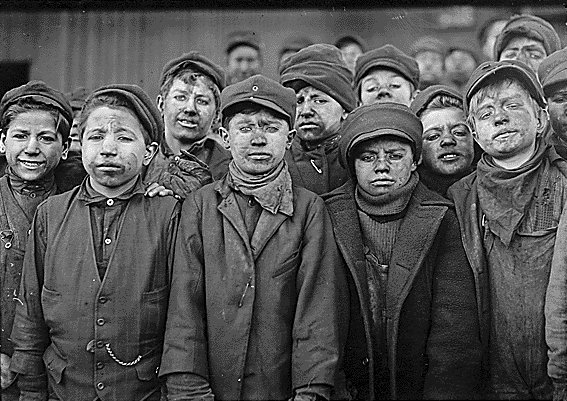Factory work during the Industrial Revolution was an extremely torturous job that gave too little benefits for the workers. Although workers in general were treated poorly, it’s hard to fathom how children were able to endure working everyday in these conditions. In Yorkshire Slavery, Richard Oastler emphasizes the struggles of child laborers and the effect it had on their families. Oastler argues that as a child it is important to travel and learn different trades, but child labor completely disrupts this process. It is observed in a factory that a young boy had been beaten without mercy on his face, cheeks and back for only making a few mistakes ((Oastler, “Yorkshire Slavery”)) . Even slave owners in the West Indies during this time were disturbed to hear the practices forced upon these child laborers ((Oastler, “Yorkshire Slavery”)) . The parents of these children are also filled with guilt for having to put their children through this process. Parents are not able to interact with their children as they only see them in the morning and at night. These children are not able to develop any strong relationships when they are forced to work all the time ((Oastler, “Yorkshire Slavery”)) . Children are usually observed as beacons of energy and life but under these conditions they are seen as the opposite.
Child labor is still a major problem in the world today as seen in countries such as China, India and many other countries. Many of the items we buy today are produced by some form of child labor, yet we are more concerned about the cost rather than how it was made. We all acknowledge child labor is bad, but as consumers we do not necessarily use our wallets to stop this practice
Is it fair to tell China or any other country practicing child labor that they should not use this practice even though it was a strong contributor to making America an economic powerhouse?



